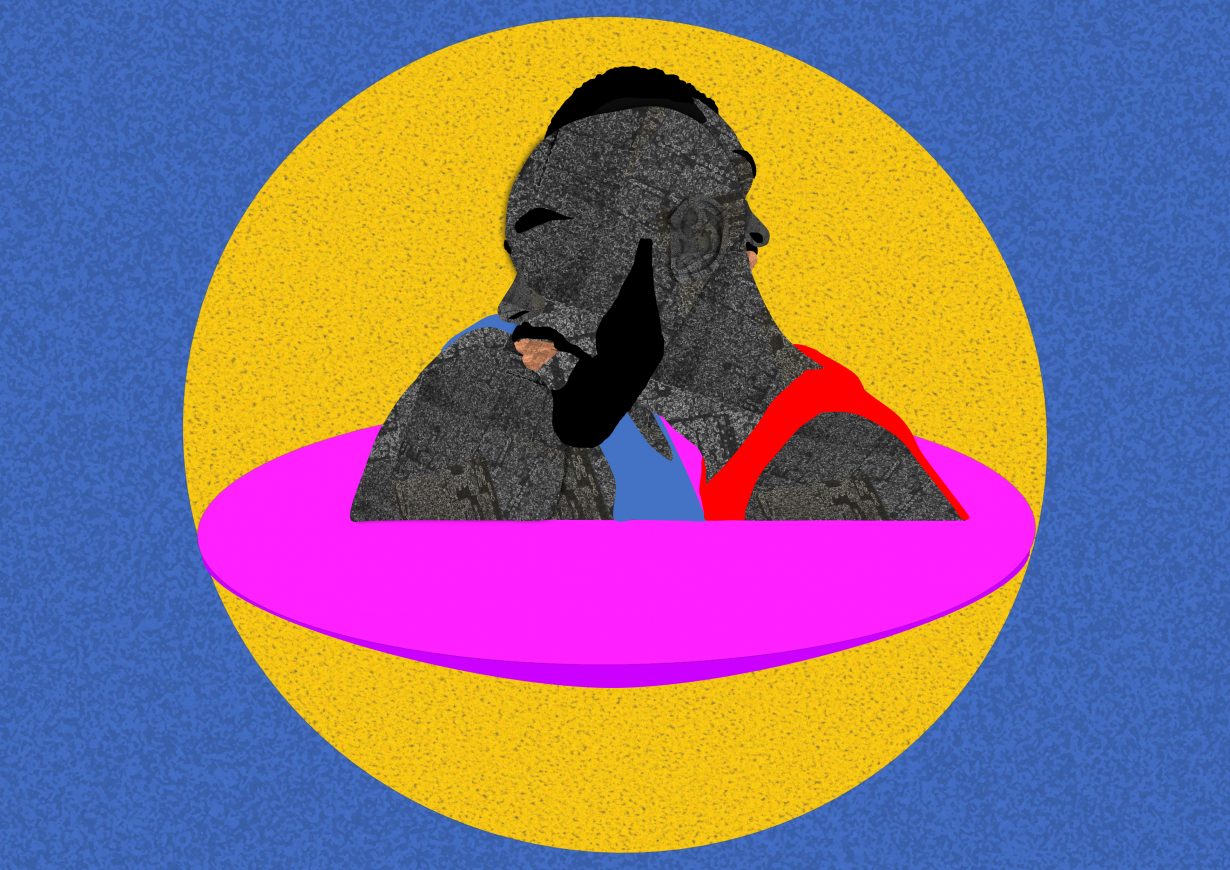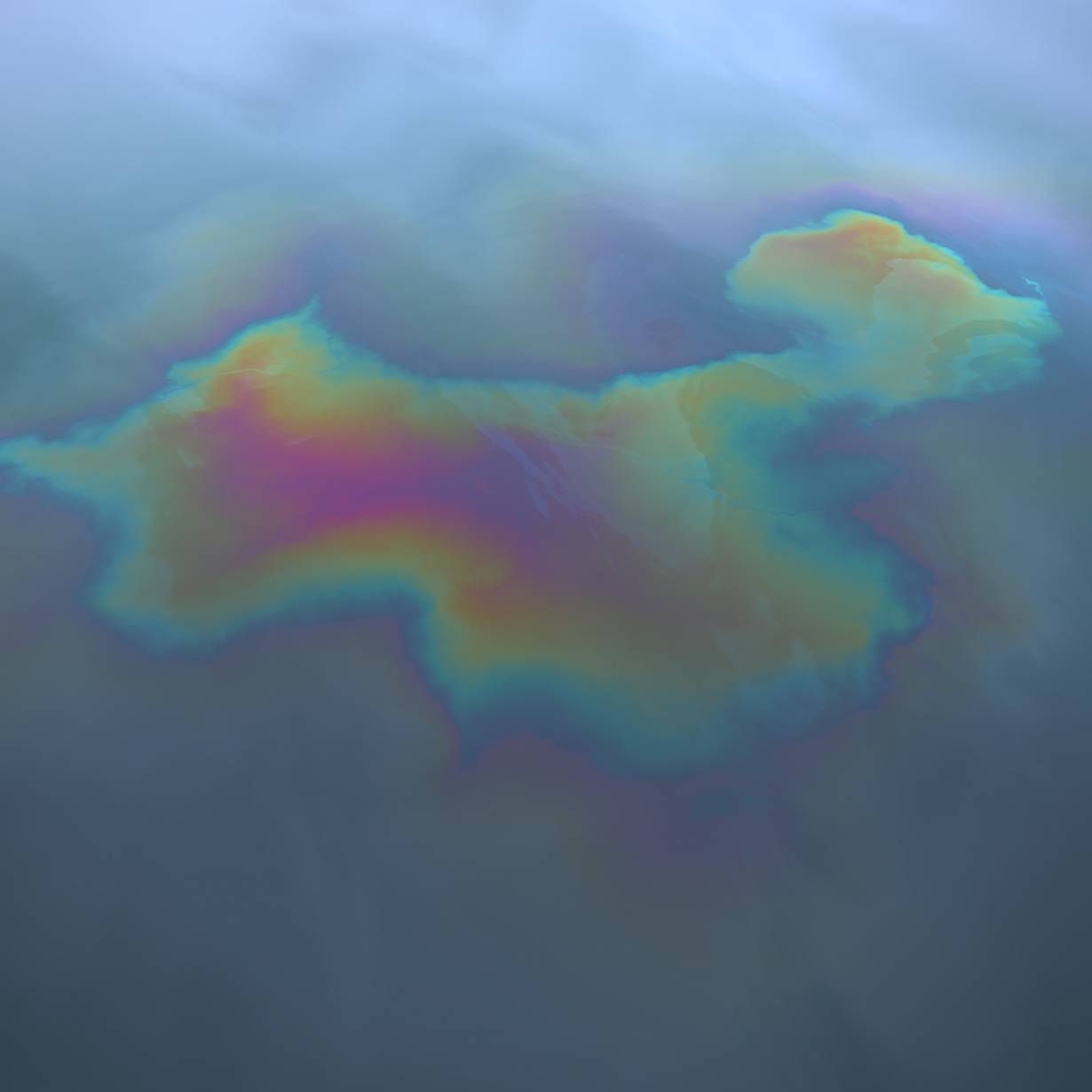The bursting of the crypto bubble. What will happen to NFT Artworld?
NFTs will neither save the world nor destroy it, but the ruptures in the market reveal critical corrections needed in both modern art and crypto art.
Over the past year, the collision between art and NFTs has been widely discussed in terms of sales and markets, especially given the ongoing decline in cryptocurrency values, but the more interesting conversations have been about the impact each had on the other . Dialogues in the art world that have meandered through the last 60 years – about artist compensation, art criticism, contemporary aesthetics and how to contextualize them historically, institutional engagement with digital art, collective action, art centers and margins, and ecological concerns – have all been revisited in context with this emerging technology. Blockchain technology values a decentralized and fairer market practice, introducing a set of ideologies in line with many concerns in contemporary art, while challenging certain practices. But as established art world participants engaged with these questions, they introduced a discourse steeped in history and theory, to critique simple claims of a better model offered by some in the NFT space. The collision therefore provided a critical lens on both.
If the crypto and NFT explosion in 2021 popularized the ideal of an intermediaryless, decentralized market for digital culture, the power of NFT market players became evident in 2022. One of the most used marketplaces, Open Sea, banned two gatherings imitating the Bored Ape Yacht Club and the Meta Birkin collection in late 2021 for potential IP infringement, and subsequent lawsuits heralded ongoing regulation internationally. NFTs—bits of code that provide a unique ID to a digital artifact so it can be distinguished from other potentially duplicated versions—enable the automation of resale payments, sales parameters, and other unforeseen new features. In April 2020, led by former painter and generative artist Matt Kane, many crypto artists successfully established a 10 percent resale royalty at Super Rare that became the standard across NFT platforms, so there was a predictable outcry when Sudoswap launched in the summer of 2022 with no royalty framework, leading to a debate about platform and collector support for such payments. This fragmentation of support for royalties has ramifications across the art world as new businesses such as Fairchain and Arcual seek to enable digital certificates and payment for secondary sales of physical works.

With the fall in cryptocurrency values, an exodus in the trade of comic book collectibles has many wondering if NFTs are done. But the steady flow of projects and self-generated criticism reveals a new level of attention within the NFT art scene. Two online magazines launched at the end of 2021 and the beginning of 2022 respectively, Abroad and Right click Saveled by former editors from established artworld magazines (Art in Americais Brian Droitcour at Abroad and Flash Artis Alex Estorick at Right click Save), develops an intellectual discourse for these digital art projects that the mainstream media has not been able to articulate. They critiqued projects by renowned artists as well as rising stars, and addressed the cultural and theoretical debates within the art and NFT landscape.
An iconography is slowly emerging that is likely to guide how these digital objects fit into the discourse of art. In 2022, generative art became ne plus ultra of digital art. By incorporating part of the cryptographic process into its creative code, generative art is seen as offering an artistic production native to the blockchain, unlike so much work that is not tied to the contract on the blockchain; platforms like Art Blocks or Fxhash focus exclusively on this practice. One consequence of this has been the renewed interest in pioneering practitioners of algorithmic computer art from the last 60 years, such as Vera Molnár, Manfred Mohr, Harold Cohen and Herbert Franke (who joined Twitter at the age of ninety-four, only to be swamped by over 15,000 fans at their first post), who have become unexpected celebrities. These artists have enjoyed museum and institutional exhibitions over the past year, providing a history of previously marginalized aesthetics and practice.

Meanwhile, museums have shown scholarly interest in the possibility of NFTs, with MoMA presenting salons and the recently renamed Buffalo AKG (formerly the Albright-Knox Gallery) acquiring work from the benefit auction. Peer to Peer. Commercial galleries have brought artists known for NFTs onto their roster, most notably when Pace launched a collaboration with Art Blocks in June. The Tezos blockchain had lines snaking past the booth for its speaking series on NFTs at this summer’s Art Basel, and NFT-based online galleries like Feral File and Epoch are in their second year, critically acclaimed for the curated shows that rise above the jumble of platforms . Well-known artworld participants such as Chris Lew, Dominique Lévy and Nato Thompson are involved in development studios – such as Outland, Dminti or Artwrld (respectively) – to help artists enter this new realm, often called Web3 for the way it tries to disrupt the centralized black the box. the practice of Web2, the participatory internet exemplified by social media’s data mining for corporate profit. In July, Christie’s announced at its annual Art & Tech Summit, focused this year on blockchain, that it was launching a venture capital fund to support art businesses that engage new technologies such as blockchain. Institutional commitment is no longer a question.

Distributed Autonomous Organizations (DAOs) emerged and supported the community through a decentralized and distributed voting mechanism enabled by tokens associated with the DAO, although they often devolved into popularity cliques or investment companies. Contributors associated with the London-based gallery Furtherfield presented five years of research into DAOs as a mechanism for mutual support in the arts in Radical Friends: Decentralized Autonomous Organizations and Art, a necessary provocation for those on either side of blockchain’s hype or dismissal. The technology is spreading across industries, but its disruption in art also means that artists are thinking through its implications and providing visual case studies that articulate its possibilities and problems; the artist Jonas Lund continues his work Jonas Lund Token DAO (2018–), where participants can vote on projects the artist wants to produce, thereby distributing control over their artistic practice; Unicorn DAO is a collecting community that responds to the under-recognition of female identifying and LGBTQ+ artists in the NFT space, much like what happens in the mainstream art market.
Given the online network, NFTs were perceived to equalize the market, but reports gave the lie to that assumption. The unequal pricing of female artists became an increasingly obvious problem, with projects such as Unsigned (2022) work to raise awareness of unconscious bias in purchasing practices. The Global South remains painfully ignored, with rare overlap into the North American and European scenes, despite the steady flow of NFT conventions across these regions. Artist groups such as Crypto Argentina or the accelerator Africa Here aim to increase interest and opportunities for artists whose sales have a significant impact on their home communities – regardless of the market downturn that befell the wealthy north.

Finally, the question of the environmental impact of the most widely used blockchain, Ethereum, was put to rest by the merger (when it switched in August from “proof of work” to the far less carbon intensive “proof of stake”). With the ecological impact of NFTs now in check, the hypocrisy of the mainstream art market that ignores its carbon impact becomes more apparent.
NFTs will neither save the world nor destroy it, but the ruptures in the market have not prevented what it reflects back on the contemporary art world, revealing corrections needed in both. If to date we have witnessed a collision of values and practices, then the increased involvement of major players in both contemporary art and crypto-art with each other’s institutions and ideas suggests a conversation less focused on denigration or market potential in the coming year. A more creative conversation would be welcome on both sides.


